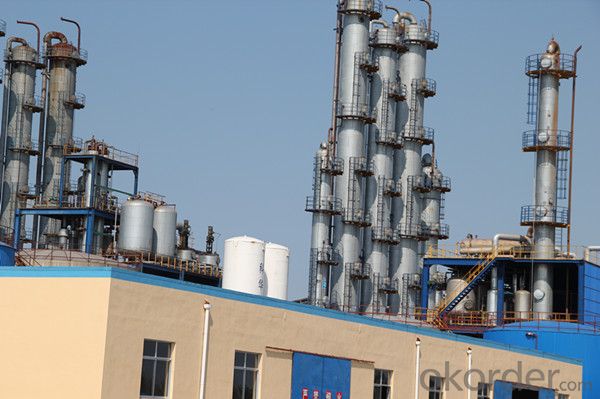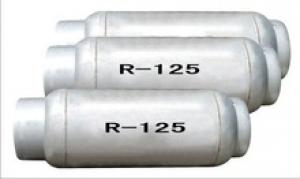Dimethyl Carbonate - DMC
- Loading Port:
- Qingdao
- Payment Terms:
- TT or LC
- Min Order Qty:
- -
- Supply Capability:
- 6000吨 kg/month
OKorder Service Pledge
OKorder Financial Service
You Might Also Like
1.Brief Introduction
1.DMC is an inexpensive oxygenated solvent with excellent solubility properties, that can solve almost all coating resins.
2.DMC is now cheaper than MEK, Ethyl Acetate, MIBK, Butyl Acetate and most other Ketones and Glycol Ethers.
3.DMC is price competitive with acetone, toluene, ethanol and mineral spirits
4. DMC is VOC Exempt
2.Characteristics
Dimethyl Carbonate / DMC, CAS No.:616-38-6, chemical solvent
Dimethyl Carbonate 616-38-6
c3h6o3 Dimethyl Carbonate
price of Dimethyl Carbonate / DMC, CAS No.:616-38-6, chemical solvent
3.Product Specifications
Relative molecular weight : 90.08
CAS No.: 616-38-6
UN No.: 1161 Class: 3.2
Item | Top class | First class |
Appearance | Colorless&transparent liquid | Colorless&transparent liquid |
Content | ≥99.9% | ≥99.5% |
Methanol | ≤0.02% | ≤0.1% |
Moisture | ≤0.02% | ≤0.1% |
Acidity (CH3COOH) | ≤0.015% | ≤0.015% |
Free chlorine | ≤0.01% | ≤0.01% |
Color (APHA) | ≤5 | ≤10 |
4.FAQ
Packing and Storage:
Packaging | 200kgs/drum,1000kg/IBC drum, ISO TANK |
Delivery | 15 days after receiving your deposit |


- Q: Derivatives of vinyl acetate
- Vinyl acetate can produce reactions that occur most of the olefins or esters. Such as the addition of bromine to form dibromide, the addition of hydrogen halide to produce vinyl haloacetate, which is the only way to produce the substance because there is no corresponding halohydrin. The addition of acetic acid under palladium catalysis can produce ethylene diacetate and CH3CH (OAc) 2. The latter can undergo a transesterification reaction with many carboxylic acids. As an alkene, vinyl acetate can also undergo a Diels-Alder reaction and a 2 + 2 ring addition
- Q: What is a derivative?
- Derivative refers to a simple compound in the hydrogen atoms or atomic groups replaced by other atoms or atomic groups derived more complex products
- Q: The nature and use of cellulose derivatives
- Starch can be used as a diluent, binder, disintegrant, and can be used to prepare dextrin and starch pulp. Chemical experiments with amylose test iodine. Of course, as a plant energy storage material can also eat. Organic derivatives such as rayon, cellophane and nitrates, acetate and the like, and ether derivatives such as methylcellulose, ethylcellulose, carboxymethylcellulose and polyanionic cellulose are prepared on the basis of textile and papermaking. Raw material is used as a dietary fiber.
Send your message to us
Dimethyl Carbonate - DMC
- Loading Port:
- Qingdao
- Payment Terms:
- TT or LC
- Min Order Qty:
- -
- Supply Capability:
- 6000吨 kg/month
OKorder Service Pledge
OKorder Financial Service
Similar products
Hot Searches
















